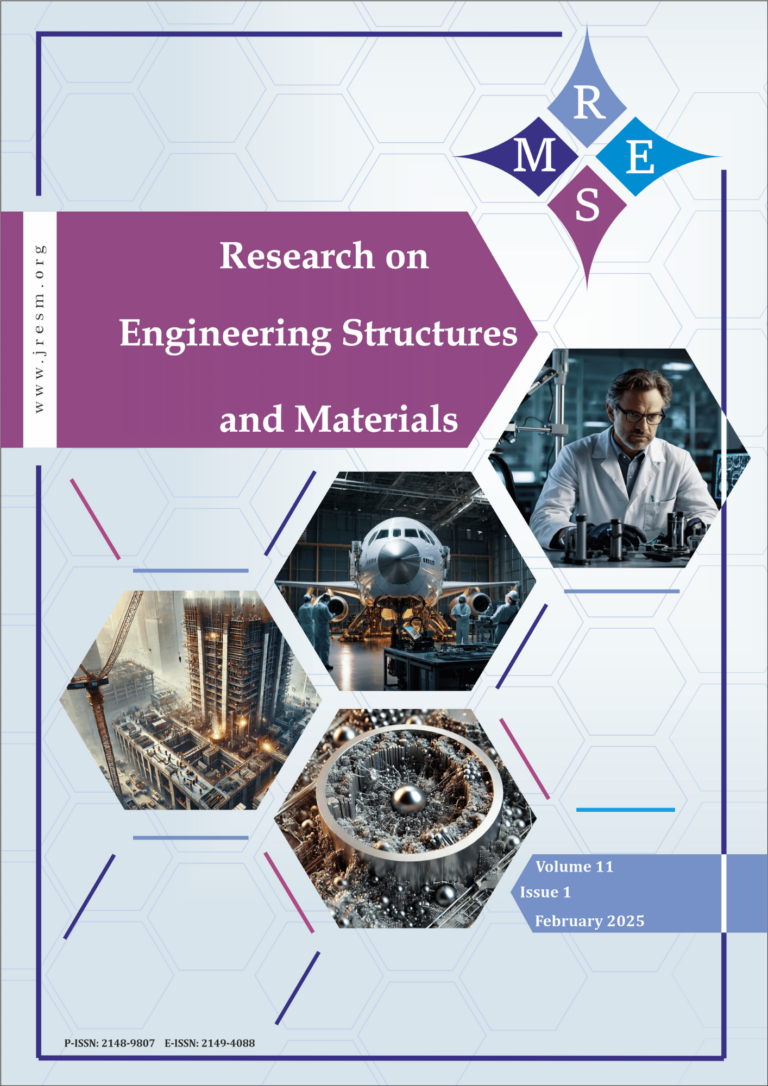Historical earthquakes highlighted structural collapses and non-structural component (NSC) failures. This study aims to analyze NSC behavior during near and far-field earthquakes in a three-story building by studying elastic and inelastic acceleration responses. The investigation delves into floor response spectra and analyzes how NSCs affect floor acceleration responses, aiming to understand the performance of these components. The findings from the analysis indicated that the Floor Response Spectra (FRS) consistently align peaks with elastic and inelastic modal periods. Inelastic FRS notably show reduced floor spectral accelerations compared to elastic FRS. Near-field earthquakes induce 25-30% higher floor acceleration demands in NSCs compared to far-field earthquakes. Peak Component Acceleration (PCA) values differ significantly between near and far field earthquakes, with near-field ones exhibiting notably higher values across all floors. Higher damping ratios in NSCs lead to decreased peaks in the Component Dynamic Amplification Factor (CDAF) spectrum. The inelastic model notably reduces peak values of CDAF by approximately 49.53% to 69.3% for near-field and 51.81% to 64.47% for far-field earthquakes compared to the elastic model. In summary, the examination of peak floor responses against the formulation based on building codes highlights variations, with instances where the formulation either underestimates or overestimates the peak response demands.
